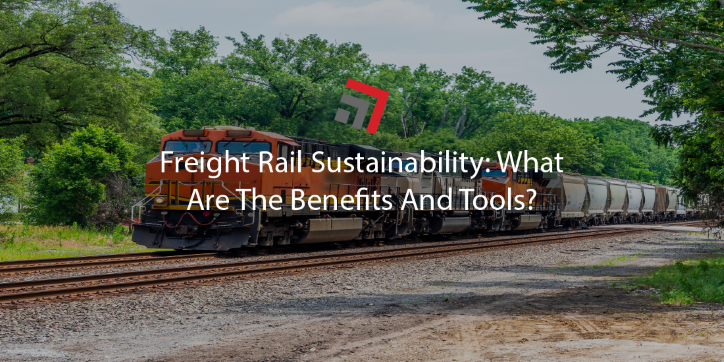Railroads are the most fuel efficient way to move freight over land and today, railroads continue to find ways to make their operations more modern to meet the challenges of the future, including ways to benefit the environment. According to the Association of American Railroads (AAR), moving freight by train instead of truck reduces greenhouse gas emissions by up to 75%.
What benefits does freight rail have when dealing with sustainability?
Less greenhouse gas emissions and more fuel efficient – these emissions are directly correlated with fuel consumption. Freight railroads account just for 0.5% of all U.S. total greenhouse gas emissions and in terms of moving freight, on average U.S. freight railroads move one ton of freight more than 480 miles per gallon of fuel, according to AAR.
Reduces highway congestion and pollution – Shifting freight from trucks to rail can provide a variety of benefits, including reducing highway wear and tear and the pressure associated with building costly new highways can have, improves productivity, cargo delays and more. According to AAR, in 2017, highway congestion cost Americans $166 billion in wasted time AND wasted fuel. Even one single freight train can have an immediate and efficient impact to highway congestion and pollution.
What are some tools and technology that helps improve green operations for freight rail?
Improved railcar design and more efficient locomotives – the amount that freight railroads can carry has increased with improved railcar design and with more efficient locomotives, this helps decrease the impact of negative locomotive performance and emit less emissions, according to AAR.
New computer software systems and technologies – having high advanced programs helps calculate the most fuel-efficient speed for a train on a given route, monitor the performance, and evaluate the most efficient spacing and timing of trains on a railroad’s system, according to AAR.
If you would like to learn more today, please contact a team member today!



Recent Comments